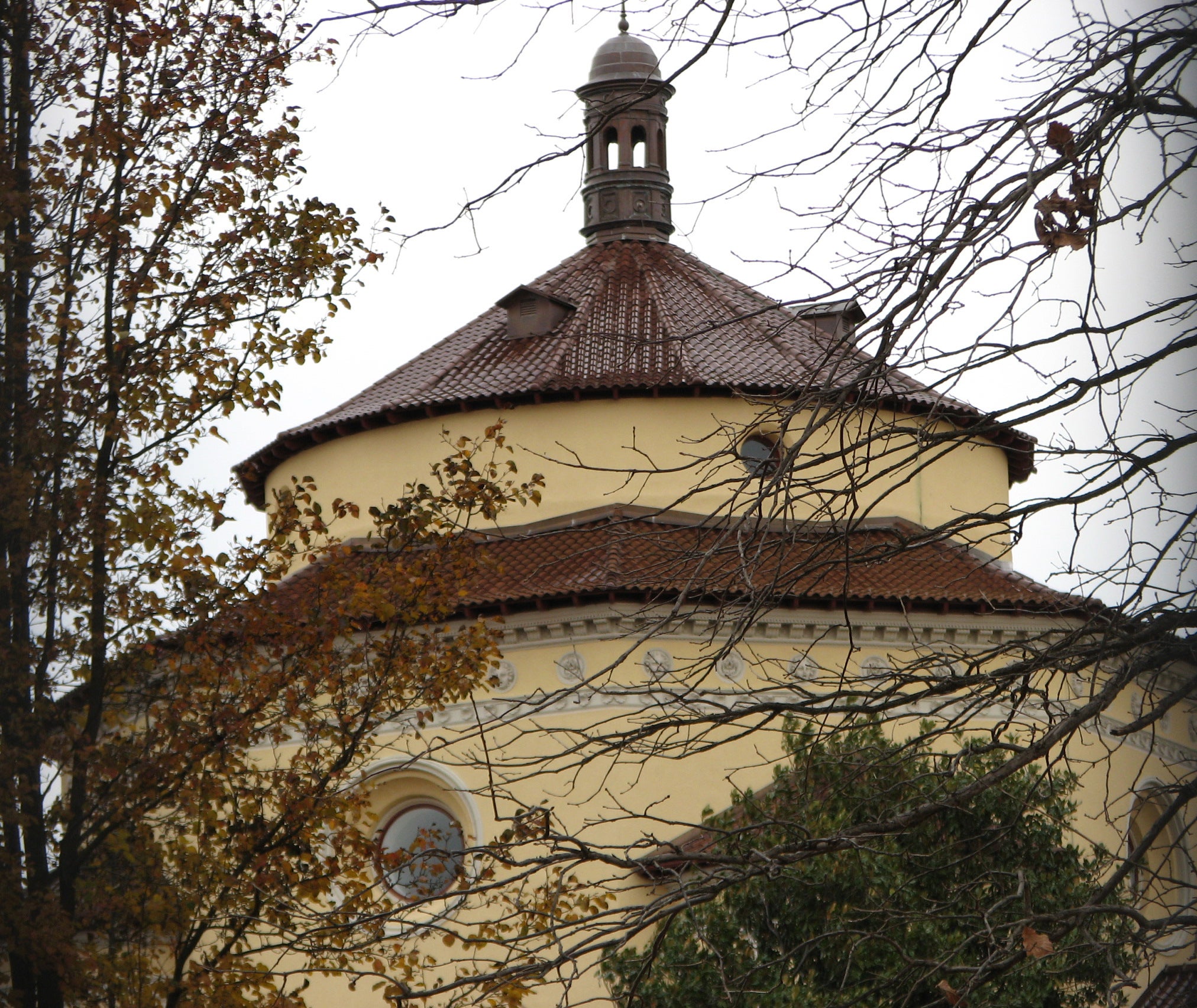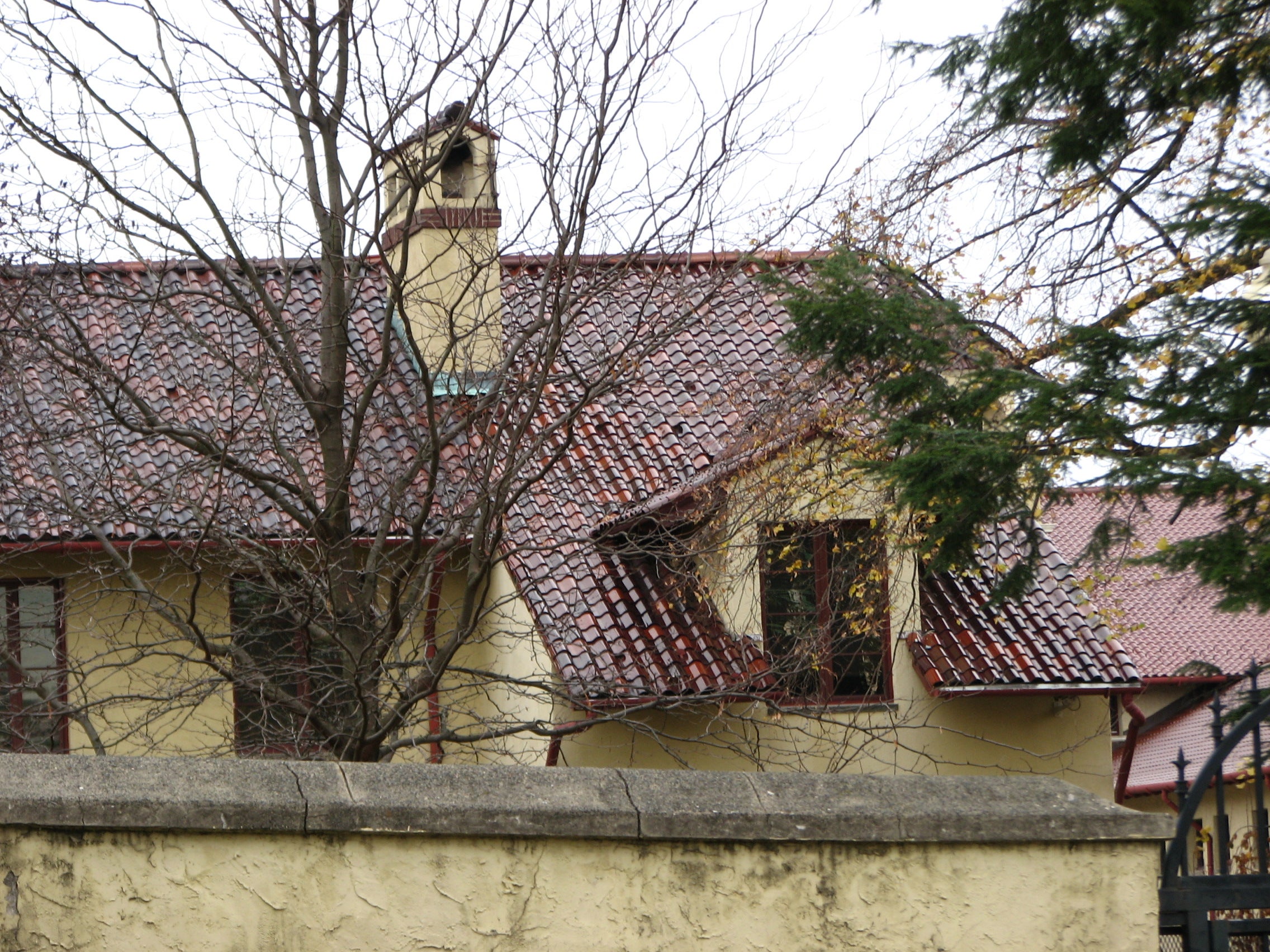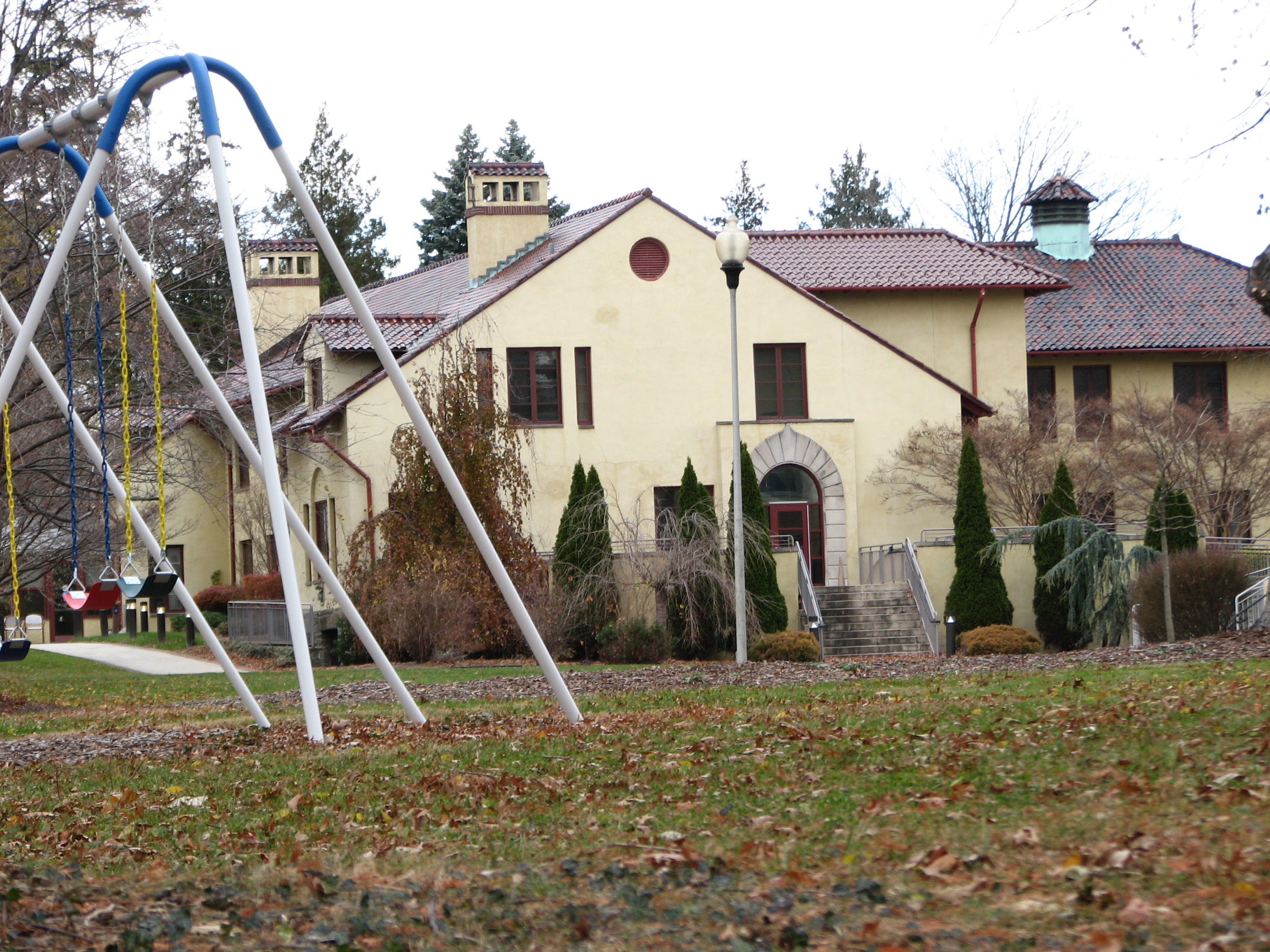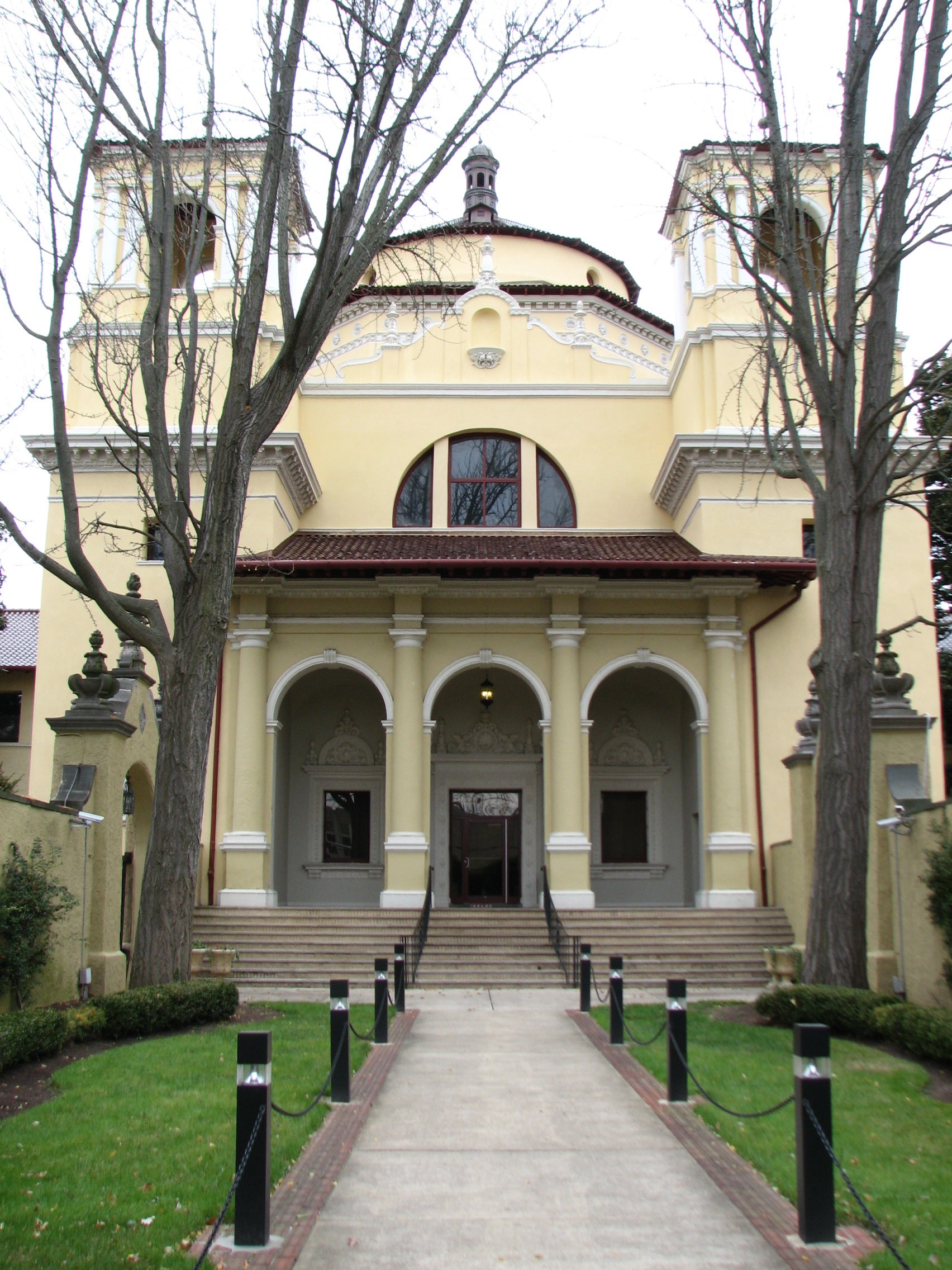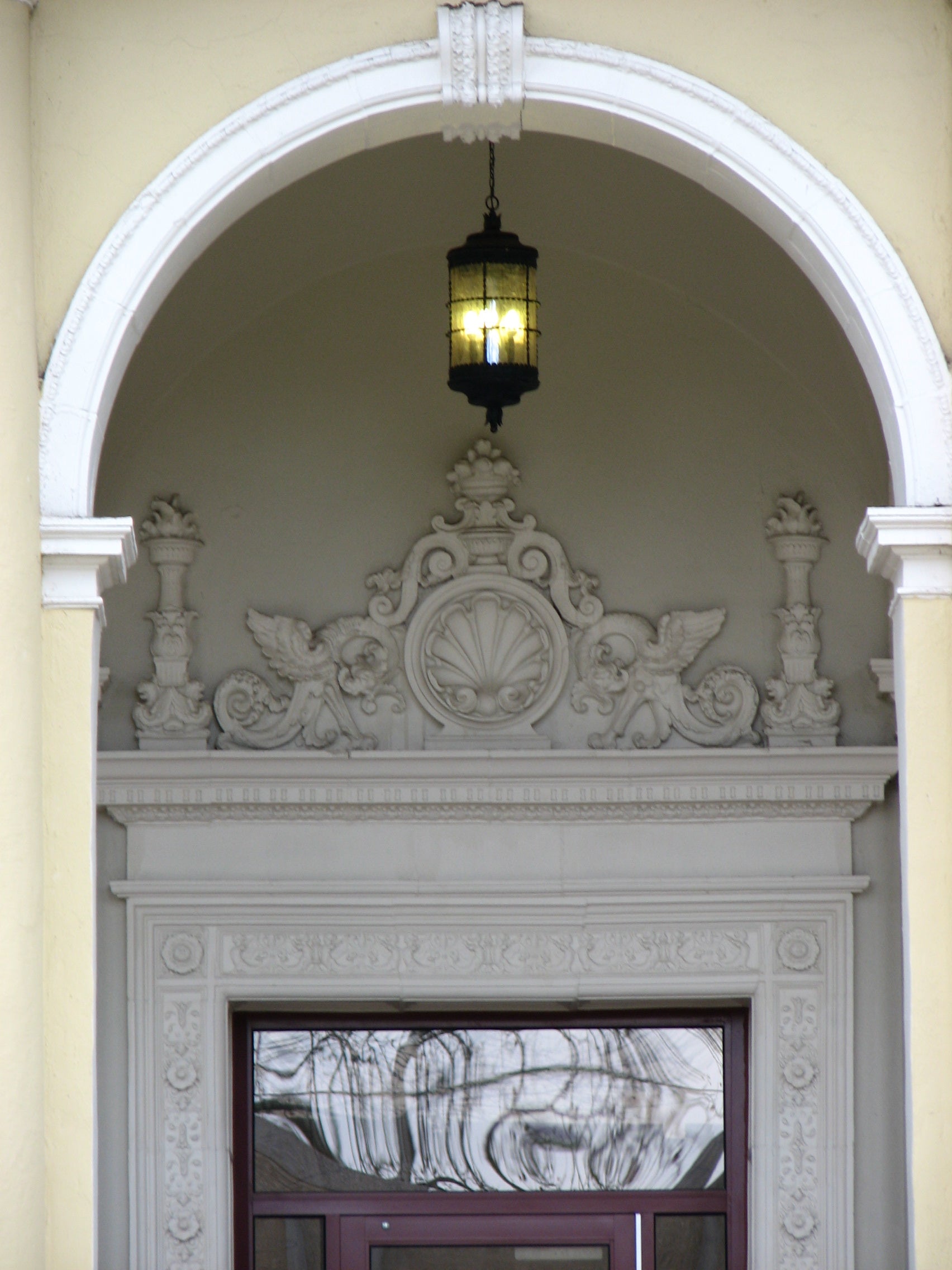Look Up! A Spanish mission for education in Overbrook
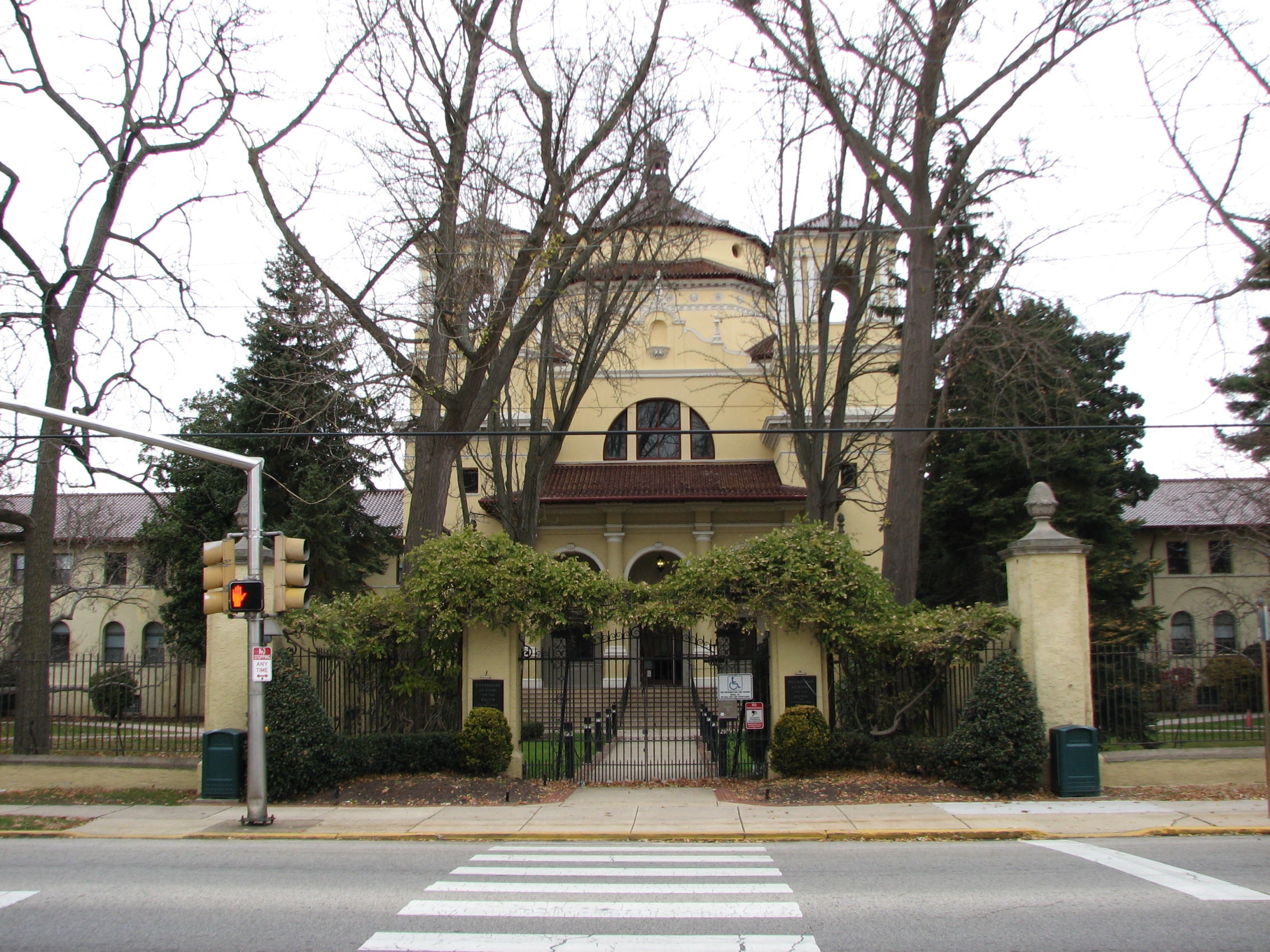
The Overbrook School for the Blind is a grand example of the Spanish Renaissance style adopted for a campus.
“Look Up” is a PlanPhilly feature that encourages appreciation of our architectural and historical environment. Each week, the photo essay will focus on a different Philadelphia area neighborhood and its distinctive building styles and details, all of which make up the physical fabric of the city and region.
One of the nation’s earliest and most beautiful schools for the blind covers more than 25 acres in the Overbrook section of Philadelphia.
The school was established by Julius Frieldlander, a German immigrant who started the Pennsylvania Institution for the Instruction of the Blind in 1832 for a handful of students in a rented building. He built a new school at 20th and Race Streets in 1835, but Friedlander died a few years later.
In 1896, the school’s board purchased the Elizabeth Pleasonton property near Lancaster Avenue and hired the prominent architectural firm of Cope and Stewardson to design the renamed Overbrook School for the Blind. Cope, who had spent his honeymoon in Spain the year before, worked with the school director in the design of a Spanish Renaissance campus at 64th Street and Malvern Avenue.
From 1897 to 1900, the architects developed what they called a monastery plan, a complex of low buildings and quadrangles with interior cloisters and gardens. At the entrance of the school, at 6333 Malvern Ave., they built the stunning administrative building, with a gently rising central dome flanked by open towers. White terra cotta details and other highlights distinguish the entrance building, and yellow stucco and gleaming red tile roofs surround the entire campus.
The contemporary school includes classrooms, auditorium, library, pre-school and elementary school, gym, indoor track, and bowling alleys.
Contact the writer at ajaffe@planphilly.com
WHYY is your source for fact-based, in-depth journalism and information. As a nonprofit organization, we rely on financial support from readers like you. Please give today.




